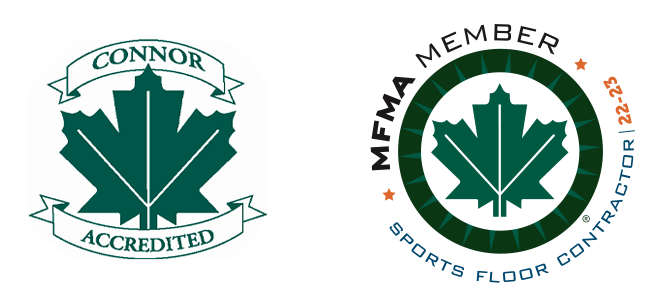As 2021 approaches on the heels of major change, how is the development of new sports facilities adapting to the new normal?
Most of us are ready to put 2020 behind us, and it will happen. The fallout from Coronavirus has produced far-reaching effects in nearly all facets of life and business. Not the least of which is the development of new sports facilities.
From a project planning point of view, the year started with a wave of optimism, then things came to a grinding halt as efforts to slow the spread of the virus and its economical impact took precedence.
Now, so many months later, we’re seeing a slow return under the new normal in terms of venue development. The power of the sports industry slowly but surely continues to drive economic outcomes as well as leverage the importance of recreation to promote healthy communities.
In short, there’s still a demand for these facilities, which is starting to be met as projects are resuming or being launched.
What are the driving trends?
Changes in retail and residential development structuring
In the past few years, there’s been a push to develop structures that meet complimentary purposes. Urban sectors in many midsize and large cities feature “live-work-play” developments as living options for their citizens.
With the need for entertainment to be close to home, meeting this expectation has become the focus for a number of sports related venue projects.
Low Funds Rates
In the United States, the interest rate that banks can lend to each other is currently .25 compared to 2.25 a year ago. The lower interest rate is a maneuver aimed at stimulating lending and investment, and can aid to spark the growth of facility development projects.
The COVID-19 impact on tourism
Heavy reductions in hotel nights sold and hotel taxes collected, along with many other hospitality related industries, will have fallout effects on municipal budgets in the coming year.
Development of Sports Facilities
Sports and wellness
Sports, recreation facilities, and health and wellness companies go hand-in-hand. The compatibility not only feels natural but is just being tapped.
Facility developers are also experiencing a number of benefits from working with medical partners. This includes having support from receiving development capital, a highly visible community champion, revenue through long-term leases and naming rights, receiving in-kind benefits – including trainers and wellness programming for participating athletes.
Community assets repurposing
Many communities have assets that are no longer in use or underperforming but still require maintenance.
Golf courses for example are starting to see new life as cities develop ways to transition these greenspaces into more transformative uses such as large multi-use parks.
Multi-sport adaptation
More facilities are being developed to leverage both sports tourism and community use. Not an entirely new concept, but what is newer is how the accommodations are designed into the facility.
The Champion Center in the Fox Cities region of Wisconsin for example, aims at providing enough rink space to host local tournaments, while giving consideration to the presence of smaller rinks.
With its three pod design, one can convert from court space to an ice rink during hockey and figure skating season. This minimizes the yearly cost of maintenance and provides enough ice and court space to host regional tournaments during respective seasons.
Large mixed-use projects
Sports complexes are becoming anchor tenants in large mixed-use developments. The primary factor in this trend is operational costs including debt obligations of a sports complex.
As individual entities, some sports complexes may have difficulty meeting their goals. However, when combined with other amenities such a hotel, restaurants, retail shops, or wellness centers, a multilayered investment strategy is created.
With the likelihood of a desired outcome, the venue is not only supported by multiple investors, but becomes a revenue driver for area businesses.
Event centers that are multi-functional
For sports venues to serve surrounding communities in a more comprehensive way, project assets are being developed for a variety of uses.
The Rocky Mount Event Center in North Carolina is part of a trend of versatile facilities able to convert to a variety of uses. While it’s primarily a basketball and volleyball tournament venue, the space can be converted to host trade shows, concerts, and other events.
In times of need, it can also serve as a disaster relief center, including a shelter or food bank during hurricane season.



